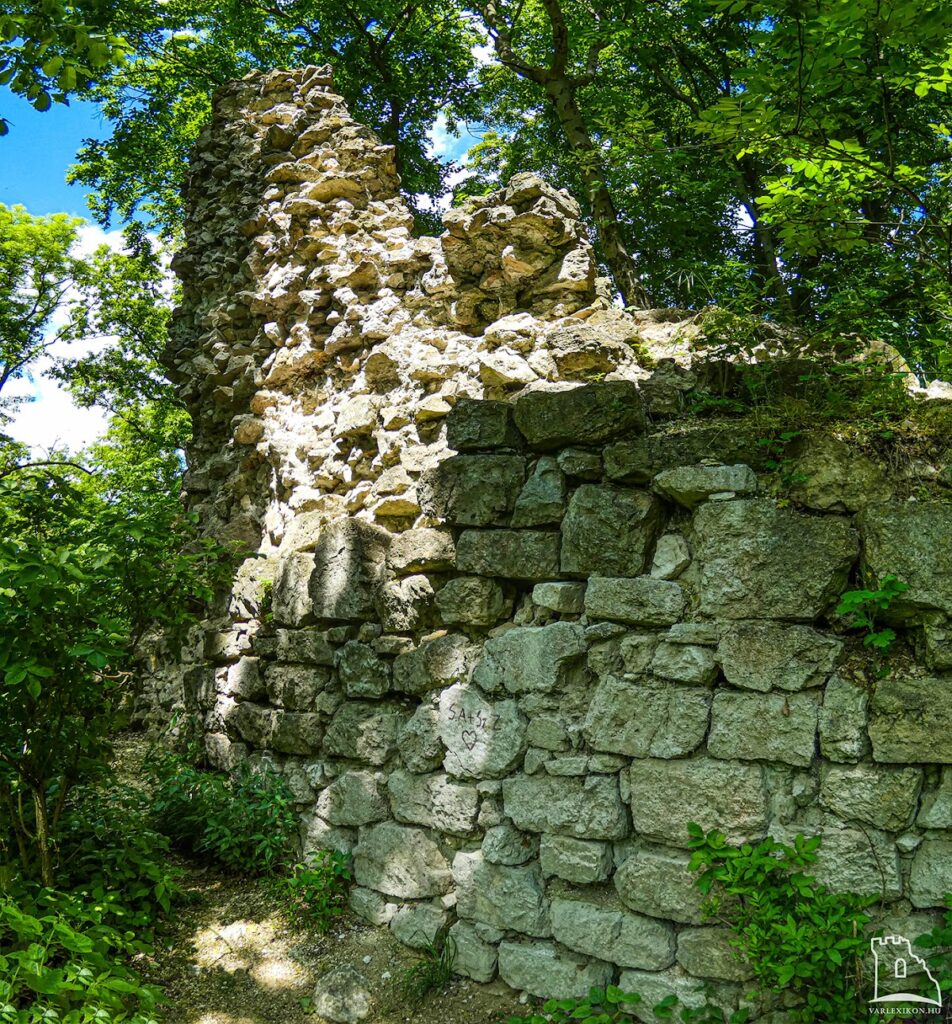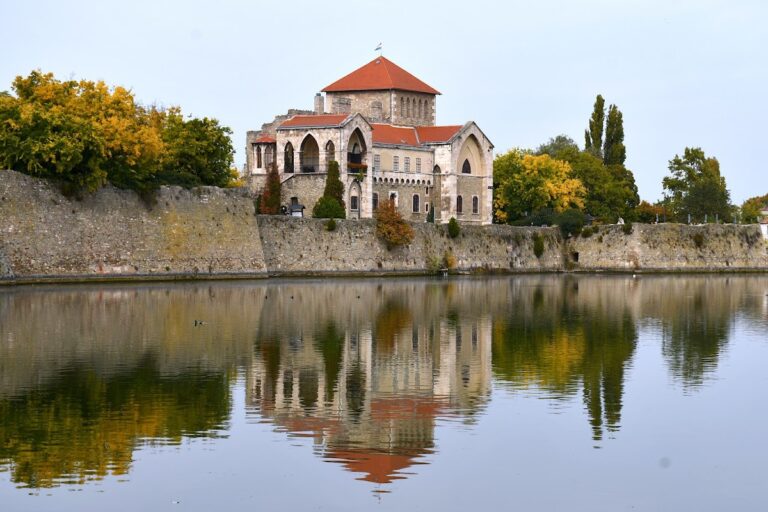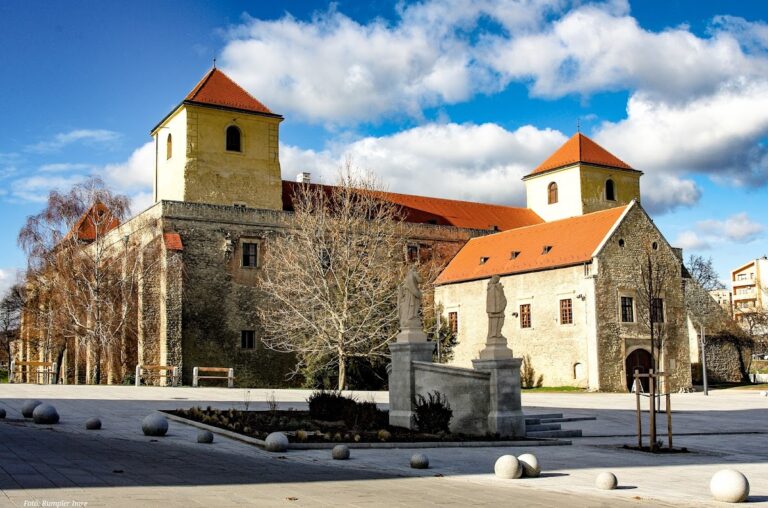Várgesztes Castle: A Historic Hungarian Fortress
Visitor Information
Google Rating: 3.7
Popularity: Low
Google Maps: View on Google Maps
Country: Hungary
Civilization: Unclassified
Remains: Military
History
Várgesztes Castle stands on a plateau near the village of Várgesztes in Hungary. It was initially constructed by the medieval Hungarian nobility to secure their estates, reflecting the defensive needs of the 13th century.
The fortress first emerged in the late 1200s under the Csák family, a powerful noble house. This original stone castle formed part of a series of strongholds to assert control over their lands. Although the Csáks supported Charles Robert during internal conflicts in Hungary, the crown took possession of the castle in 1326. This transfer aimed to restrict the accumulation of large noble estates and strengthen royal authority in the region.
The earliest surviving written record mentioning the castle is from 1332. About a decade later, King Louis the Great ordered the demolition of the initial Csák fortress. His purpose was to replace the military structure with a more comfortable royal hunting residence. This lodge accommodated the king and his guests during hunts in the nearby Vértes forest, a favored royal pastime.
Throughout the 1400s, ownership of Várgesztes Castle shifted several times. King Sigismund used it as a pledge to Frederick of Brandenburg before it passed into the hands of notable Hungarian noble families like the Rozgonyi and Újlaki clans. These changes reflected the castle’s strategic and political value during this turbulent century.
In the face of Ottoman expansion during the 16th century, the castle assumed a defensive role guarding routes leading to Vienna. It held off a raiding force in 1529 but was surrendered in 1543 to the Ottomans. Hungarian forces retook it briefly, though it fell again to Ottoman control by 1558. Census records from 1577 show the garrison consisted mainly of Serbian infantry serving under Ottoman command. After the decisive defeat of Ottoman forces near Vienna in 1683, the castle was evacuated peacefully in the autumn of that year.
Following its military use, the fortress slowly fell into disrepair. Local residents dismantled the structure, repurposing its stones for the nearby Majk Camaldolese monastery, a reuse officially permitted by Count Joseph Esterházy. By the late 18th century, the castle was documented as a ruin marking the landscape.
Interest in the site revived in the late 19th and early 20th centuries. The first detailed surveys were conducted in 1877 by Floris Rómer, followed by excavations during the Second World War led by archaeologists Géza Lux and Károly Csányi. A hostel for visitors appeared near the castle in 1932. Preservation efforts began in the 1960s with partial restoration of the inner castle, which also housed a restaurant and accommodations. Ownership of the ruins passed between state and local authorities, with safety concerns leading to a closure in 2013 and planned repairs in 2014.
Remains
Várgesztes Castle occupies a flattened hilltop within the Vértes Mountains and originally featured a two-part structure. The outer defensive circuit included a high wall and a square tower designed to guard the approaches, while a courtyard separated this from the inner castle.
The core, or inner castle, was built on an elongated rectangular plan characterized by a three-room layout. Its main entrance faced north, reached via a drawbridge supported by pillars, a defensive design that included a nearby gate tower overseeing the approach to deter attackers.
Archaeologists have identified four key phases in the construction and modification of the castle. Initially, the site served as a fortified hunting lodge, emphasizing comfort alongside defense. In the 14th century, under King Sigismund’s rule, the inner structure was raised with the addition of a second floor, enhancing its residential and defensive capabilities.
By the mid-1500s, the castle’s defenses were reinforced in response to increasing Ottoman threats. Notably, two “wolf pits”—deep traps intended to hinder invaders—were installed near the drawbridge. The entrance itself was fortified to delay or prevent sieges.
During Ottoman occupation, further adaptations were made to suit their military needs. A covered passageway known as a casemate corridor was constructed between the inner gate and the western tower, providing protected movement within the fortress. Additional ovens were integrated into the outer walls, likely for the garrison’s use, and a new tower rose on the southern facade.
Today, the outer walls have largely crumbled to their foundations, a result of centuries of stone removal for other buildings and natural decay. In contrast, portions of the inner castle remain standing, offering insight into the varied defensive and residential functions the fortress served over its long history.










